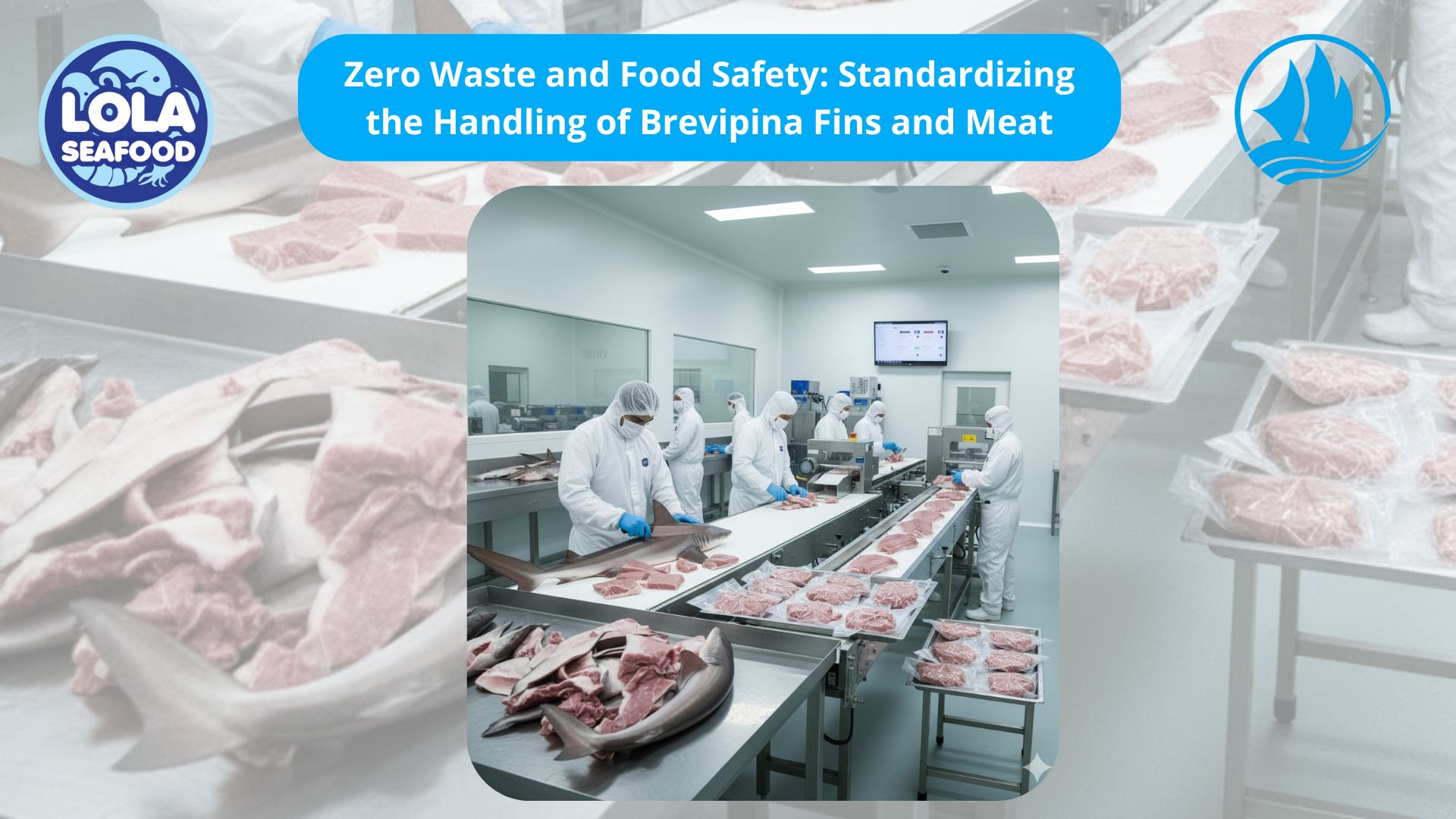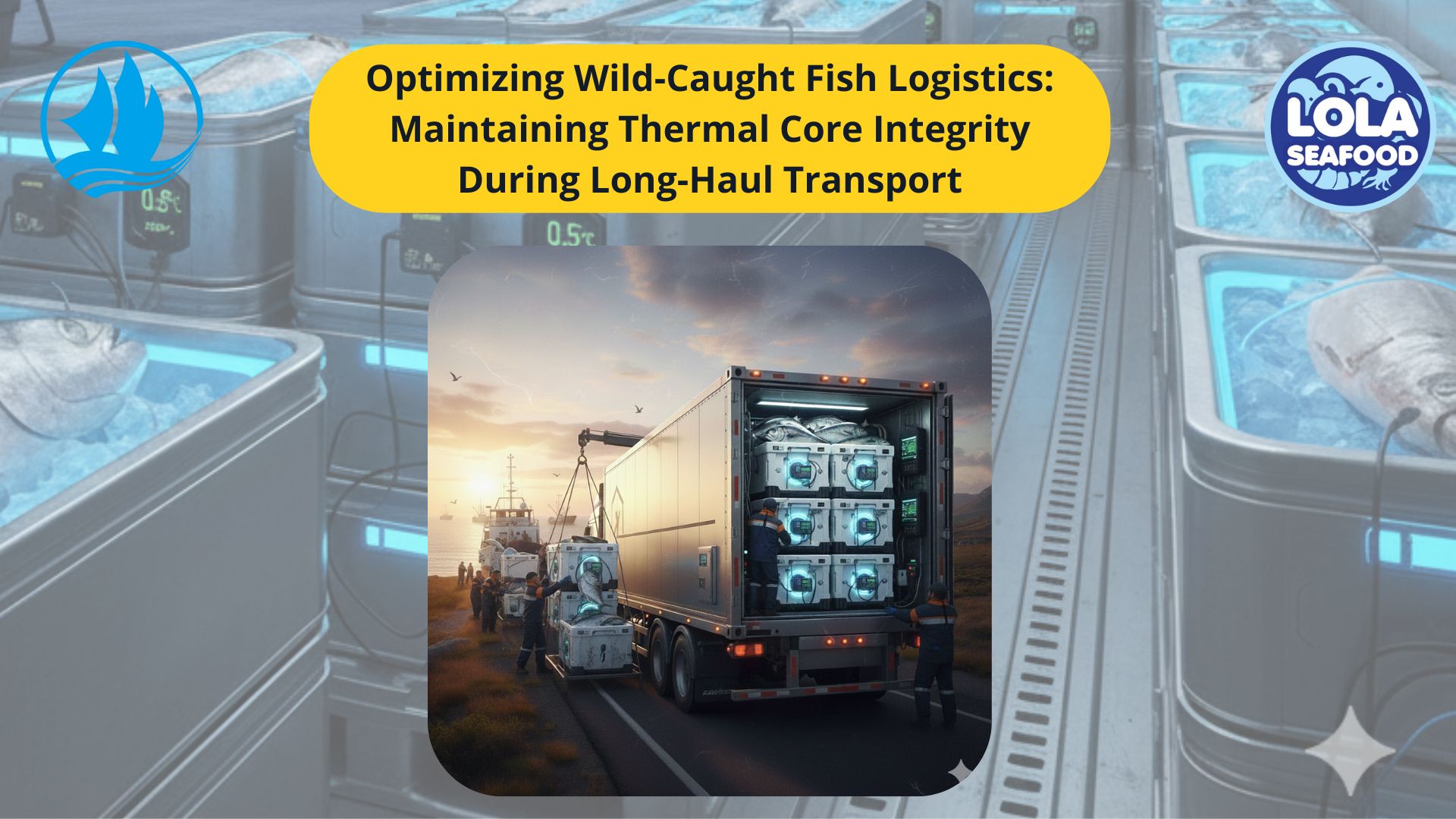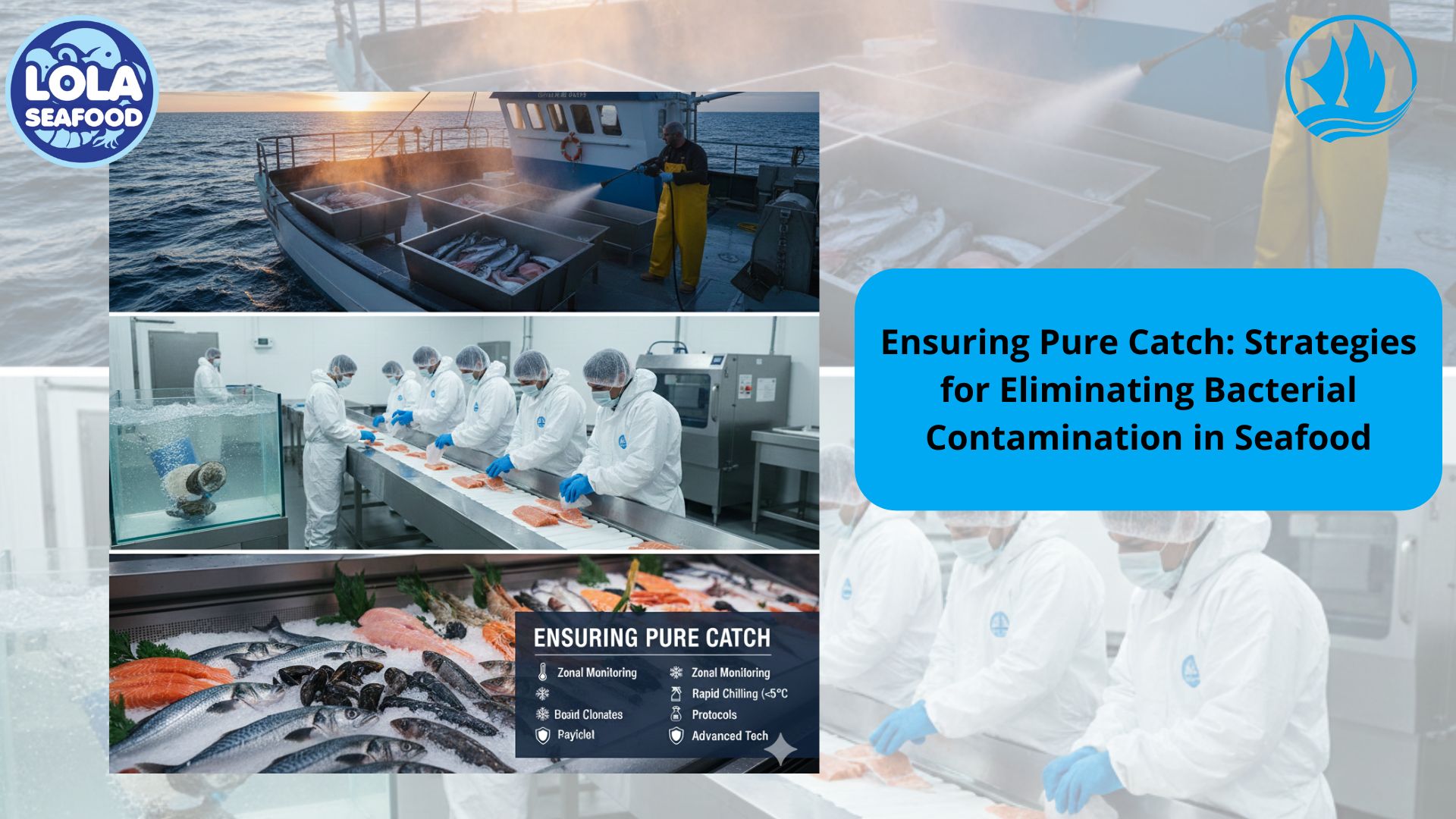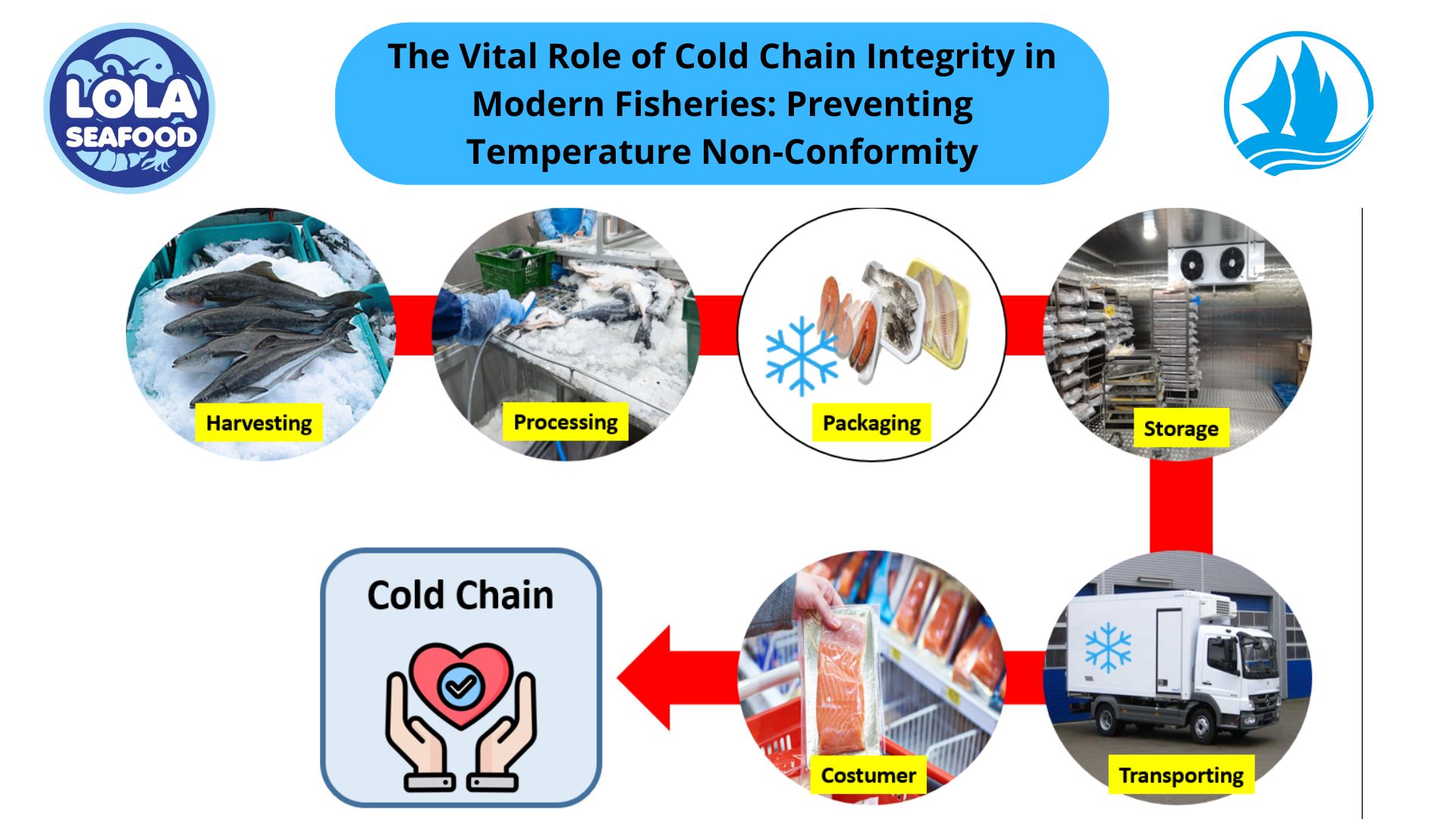The Role of Cold Storage in Maintaining Fish Quality
By. Sofie Thoriq - 16 Sep 2025.jpg)
Kelolalaut.com Fish is one of the most nutritious and sought-after sources of protein worldwide, but it is also one of the most perishable. From the moment fish are caught, a natural process of deterioration begins, which can quickly lead to loss of freshness, texture, flavor, and safety if not properly controlled. This is where cold storage becomes a crucial component of the seafood industry. By maintaining precise temperatures from harvest to consumption, cold storage preserves fish quality, extends shelf life, and safeguards consumer health.
Seafood spoils faster than most other protein sources because of its high moisture content and delicate muscle structure. After harvest, natural enzymatic activity and bacterial growth begin to break down the flesh, leading to off-odors, texture changes, and potential health risks. Cold storage slows these processes dramatically. By maintaining seafood at temperatures close to freezing (0°C to -1°C for chilled storage, or -18°C and below for frozen storage), the growth of spoilage bacteria is minimized, keeping the product safe and fresh for a longer time.
The primary benefit of cold storage is its ability to slow the natural spoilage process. Fish muscle contains high levels of moisture and enzymes, making it more prone to bacterial growth than other animal proteins. At warm temperatures, bacteria multiply rapidly, accelerating decomposition and leading to undesirable odors, softening flesh, and potential food safety risks.
Cold storage addresses this problem by lowering the temperature to near freezing for chilled storage (0°C to 4°C) or well below freezing for frozen storage (-18°C or lower). These temperatures significantly slow bacterial activity and enzymatic reactions, keeping the fish fresh for longer. Rapid chilling right after harvest is especially important, as the first few hours are critical in determining the overall quality and shelf life of the product.
Consumers judge fish quality largely by its appearance and taste. Proper cold storage ensures that fish maintains its natural firmness, bright color, and clean, ocean-like aroma. Without consistent temperature control, ice crystals can form unevenly during freezing and thawing, damaging the muscle fibers and resulting in a mushy texture once cooked. Advanced techniques like blast freezing are commonly used for premium seafood products. This method freezes fish quickly at extremely low temperatures, forming very small ice crystals that minimize cell damage. As a result, the fish retains its original texture and flavor even after long periods in storage.
Cold storage is not a standalone solution but part of an integrated cold chain system. This chain begins on fishing vessels, where freshly caught fish are immediately iced or placed in refrigerated seawater. From there, the fish moves through processing plants, storage facilities, transport vehicles, and finally retail outlets, all while being kept within a safe temperature range. Any break in this chain, even for a short period, can compromise product quality and safety. For instance, a brief rise in temperature during transport may allow bacterial growth to resume, reducing shelf life and increasing the risk of spoilage. Continuous monitoring and temperature logging are therefore critical to maintaining the integrity of the cold chain.
Cold storage plays a vital role in protecting public health. Pathogenic bacteria such as Listeria monocytogenes and Vibrio species can cause serious foodborne illnesses if fish is not stored properly. Keeping fish at the correct temperature significantly reduces the risk of these pathogens reaching harmful levels. Compliance with food safety standards, such as HACCP (Hazard Analysis and Critical Control Points), often requires strict documentation of storage temperatures. This ensures that every step of the process meets regulatory guidelines and protects consumers from potential health hazards.
Maintaining fish quality through cold storage is not just about safety—it also has economic advantages. By extending shelf life and reducing spoilage, seafood businesses can minimize losses, optimize inventory, and meet market demand more efficiently. Additionally, effective cold storage contributes to sustainability by reducing food waste. With global efforts focused on conserving fish stocks and reducing the environmental impact of fishing, ensuring that every catch reaches consumers in good condition is an important step toward responsible seafood production.
Cold storage is far more than a logistical necessity—it is a critical tool for preserving the quality, safety, and market value of fish. By controlling temperature from the moment of harvest through distribution and retail, the seafood industry ensures that consumers enjoy fish that is fresh, nutritious, and safe to eat.
As technology advances, innovations in freezing methods, temperature monitoring, and energy efficiency continue to improve cold storage systems. For seafood producers, processors, and retailers, investing in proper cold storage is an investment in product quality, consumer trust, and the long-term sustainability of the industry.
If youre interested in our Shark Belly , Shark Fillet , Shark Flake and Shark Cartilage please do not hesitate to contact us through email and/or whatsapp
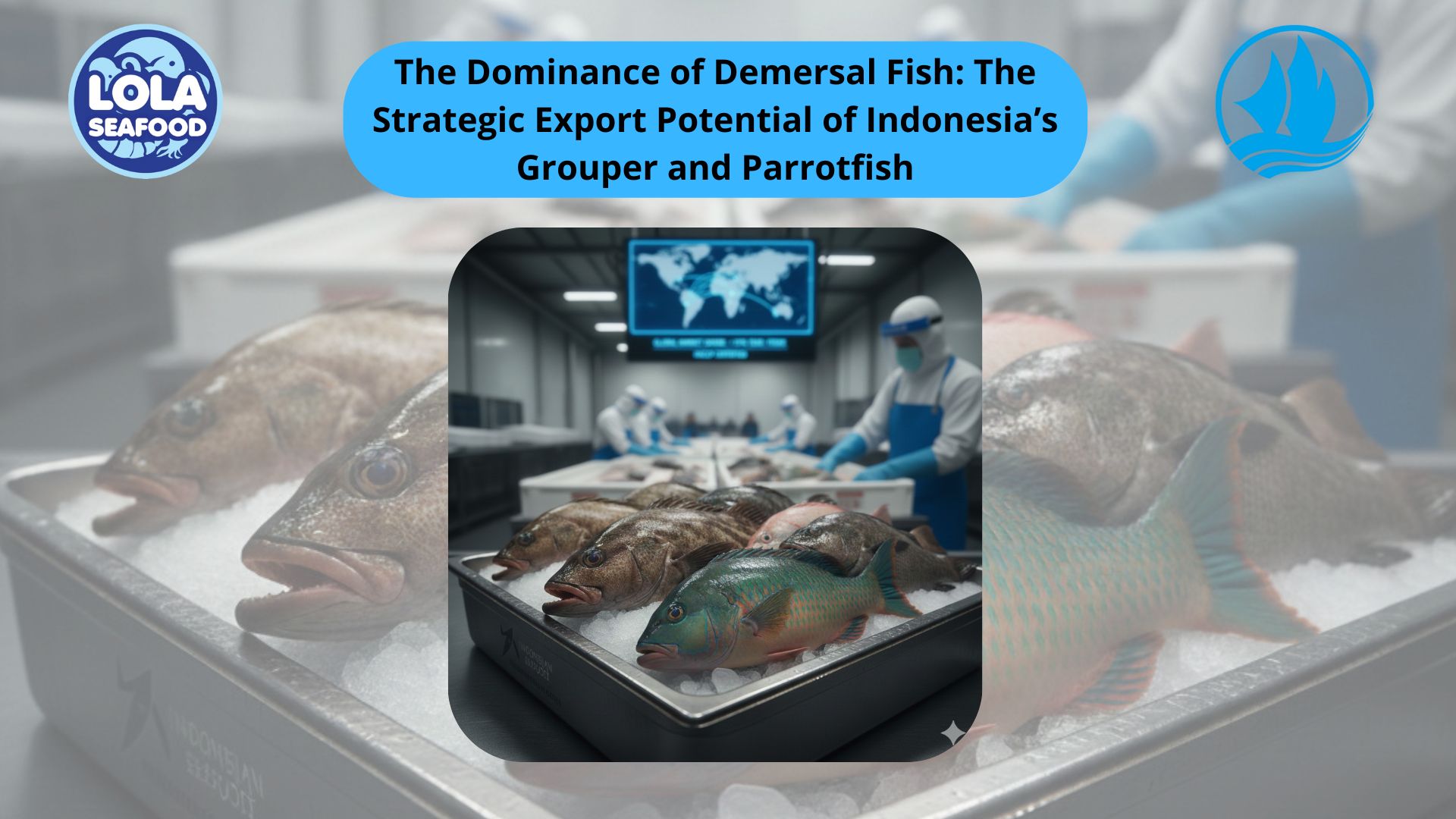
The Dominance of Demersal Fish: The Strategic Export Potential of Indonesia’s Grouper and Parrotfish
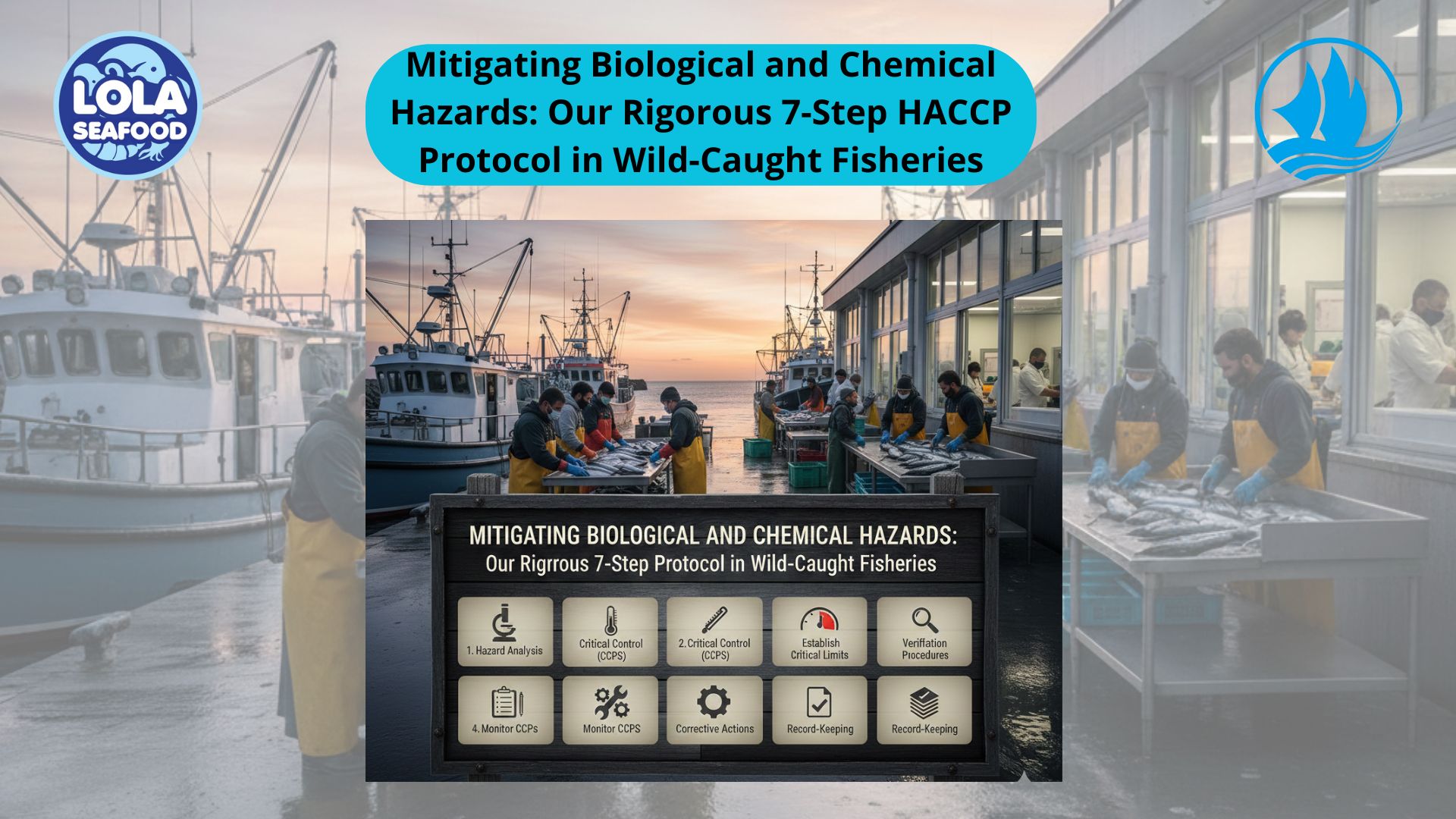
Mitigating Biological and Chemical Hazards: Our Rigorous 7-Step HACCP Protocol in Wild-Caught Fisheries
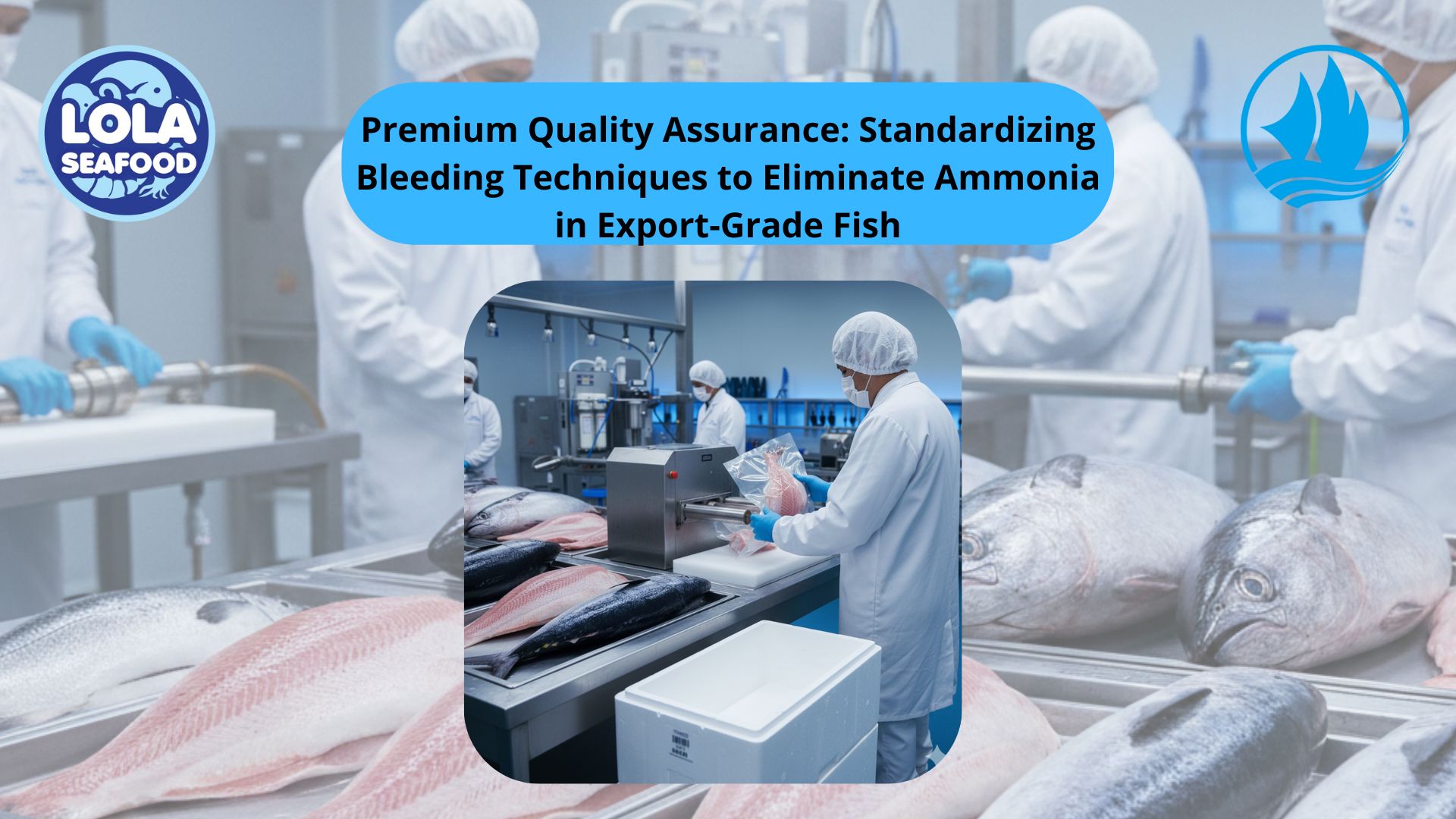

.jpg)
